Sedatives are medications that have a relaxing or sleep-inducing impact on users. Animal owners may feel compelled to sedate their pets to reduce travel anxiety. Is sedation for your cat a wise idea? Continue reading to find out more!
When Is It Necessary to Sedate Your Cat for Travel?
Sedating a cat for traveling will aid in the stability of your cat’s behavior. Sedation will lessen your cat’s stress levels, minimizing many of the problems that severe anxiety can trigger. Anxiety can cause cats to have breathing difficulties, become anxious, and experience travel sickness. Therefore, sedating your cat will assist in calming her down and getting ready your feline companion for the trip.

Things You Should Do Before Bringing Your Cat in For Sedation
- Cats require an empty stomach; therefore, food should not be given the night before sedating her.
- Please allow your pet to pass urine and feces before bringing them to the procedure.
- Cats should remain indoors so that they do not eat something from outside.
- Please inform your veterinarian if you are unsure whether your cat has eaten.
- Keep your cats in secure carriers for their safety.
- Water should be accessible at all times.
What Happens After Your Cat Is Sedated?
After being sedated with oral medications, your cat may be exhausted or calmer than expected. Your cat will not be entirely asleep but will be conscious and alert to its surroundings. Sedation will merely aid in alleviating their anxiety and nervousness, allowing strenuous activities to go more comfortably.
When the traveling is over, your cat may slumber more than usual or want to be alone until the anesthesia wears off. Your cat will be back to its regular, joyful self as the anesthesia wears off – typically within several hours.
What Can I Do To Help My Cat After The Procedure?
- Allow your cat to relieve in the backyard or on a stroll, but do not let them off the leash.
- Do not allow cats outdoors until the next day, as their equilibrium may not be restored.
- Provide them with a bed in a peaceful and comfortable spot.
Follow your veterinarian’s directions for medications and primary care appropriate for their condition.
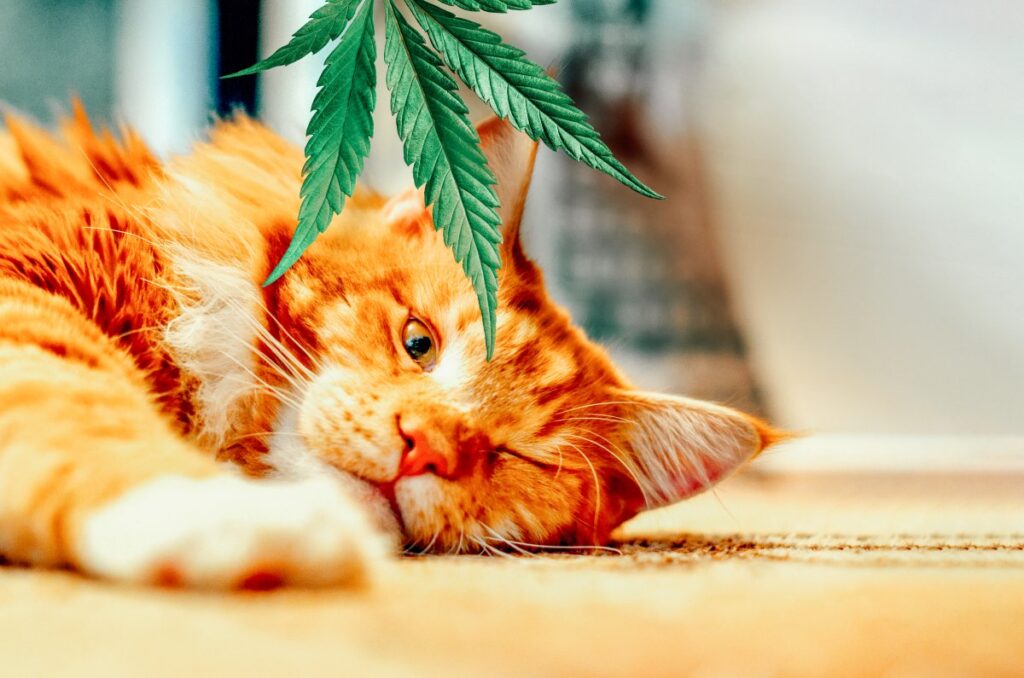
At-Home Sedative Administration
Once your veterinarian has selected the finest cat sedative for traveling, you must give them exactly how they were instructed. If it’s a pill, combine it with wet food and give it to them.
To give your cat a sedative tablet, do the following:
- Put a blanket or a towel around the cat and hold them gently.
- Put your fingers on both sides of your cat’s mouth.
- Gently exert mild pressure to open your cat’s mouth and then press their lower jaw with the other hand, which will keep their mouth open.
- Put the pill from one side into the cat’s mouth. Once done, remove your fingers from their mouth and gently lift the cat’s jaw, ensuring their nose is pointed upwards.
- Gently rub the cat’s jaw to make swallowing the tablet easier.
Risks of Sedating Cats
Cats are kept in a unique animal cargo compartment when traveling in planes. The most energetic or worried pets usually settle down due to isolation and darkness. Sedating cats before traveling is the least recommended by veterinarians, and you run many risks when you sedate your cat, specifically before flying.
Breathing and Cardiac Problems
In cats, sedation raises the risk of respiratory and heart problems, and sedatives have been shown to decrease pulse rate, breathing, and cognition. When you and your cat travel to a high altitude, your cat’s body must acclimate to the variations in height and temperature.
A sedated cat will struggle to adjust to the altitude, temperature, and pressure changes. Sedatives can cause your cat to get confused and impair their potential ability to digest these changes correctly, resulting in extreme suffering during the trip.
Sedatives affect each cat differently, and some cats may have an unpleasant impact. A sedated cat takes time to recover from the journey and may require veterinary assistance in some cases.
Injury Threat
When your cat is traveling, the pet carrier is safely stored. Slight movements may occur occasionally, and your cat may not maintain its balance if anesthetized. A sedated pet is exhausted and unable to think correctly or stay upright, which increases the danger of damage. Sedated cats will have more difficulty fixing themselves than non-sedated pets.
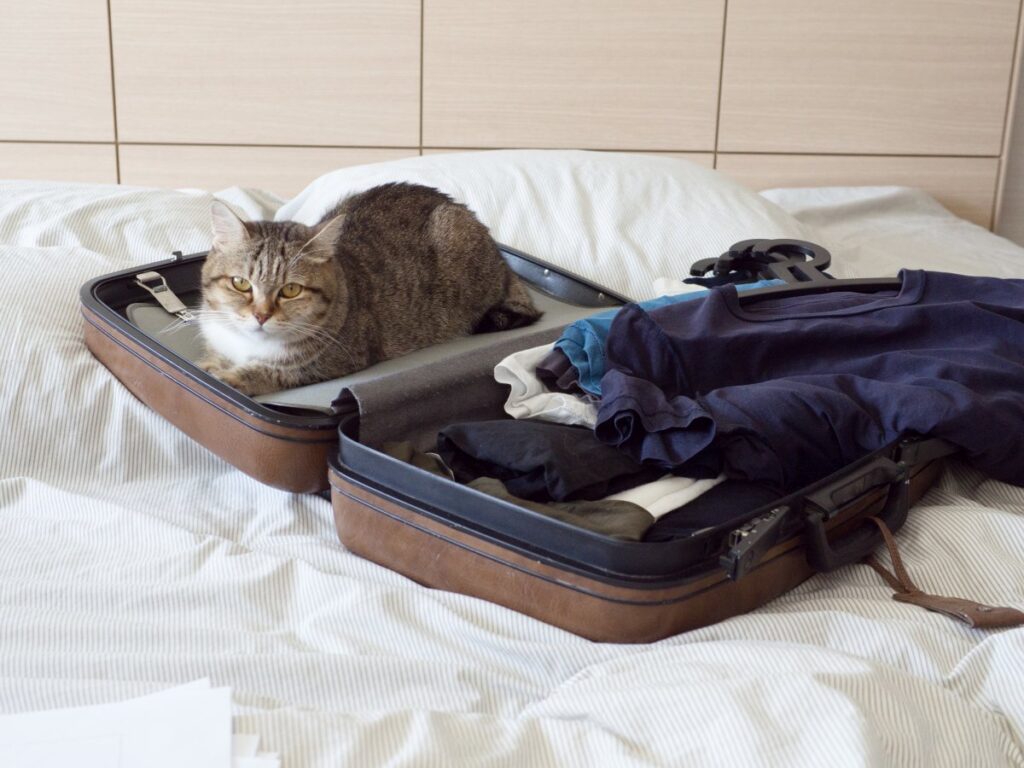
Are There Cat Sedative Alternatives?
Sedating your cats should only be used as a last option because it may be hazardous to their mental health. If you mean to travel with your furry companion, you may find a way to make your journey a less terrifying environment for your cat. As no one can see them, they will feel comfortable in such a scenario.
Since your cat’s respiratory rate increases when scared, you can cover a portion of the carrier with thin material. Another thing you may do is take your cat on a brief experimental ride in the carrier to familiarize them with the journey. However, if your cat is still apprehensive and frightened after several trial sessions, you should consider sedating them before traveling. Before giving sedatives to your cat, consult with your veterinarian about the correct technique, as improper sedation of cats can pose a severe health danger.
Conclusion
Sedation for traveling pets is generally not advised. Even if your cat benefits from sedation, you must be aware of all the difficulties, complications, and hazards of administering a sedative. If sedatives are not supplied, you and your cat would likely be safer and have a far more enjoyable journey.

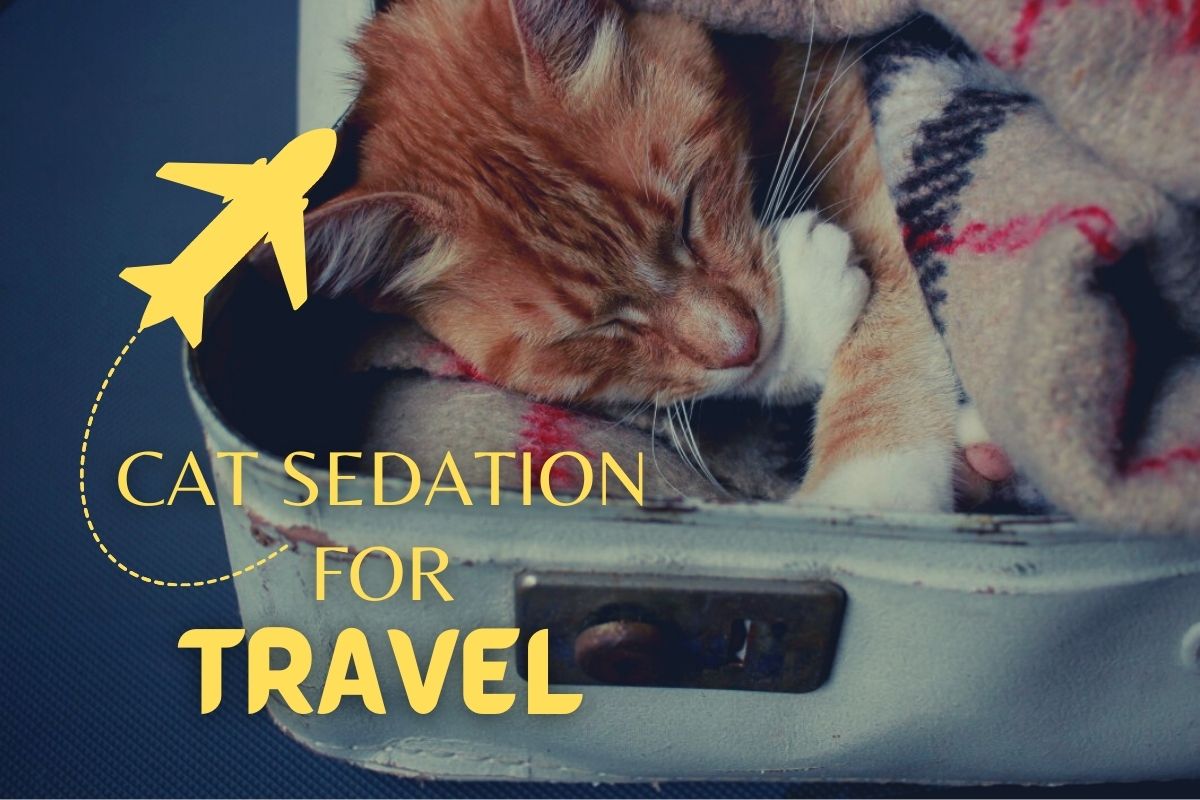

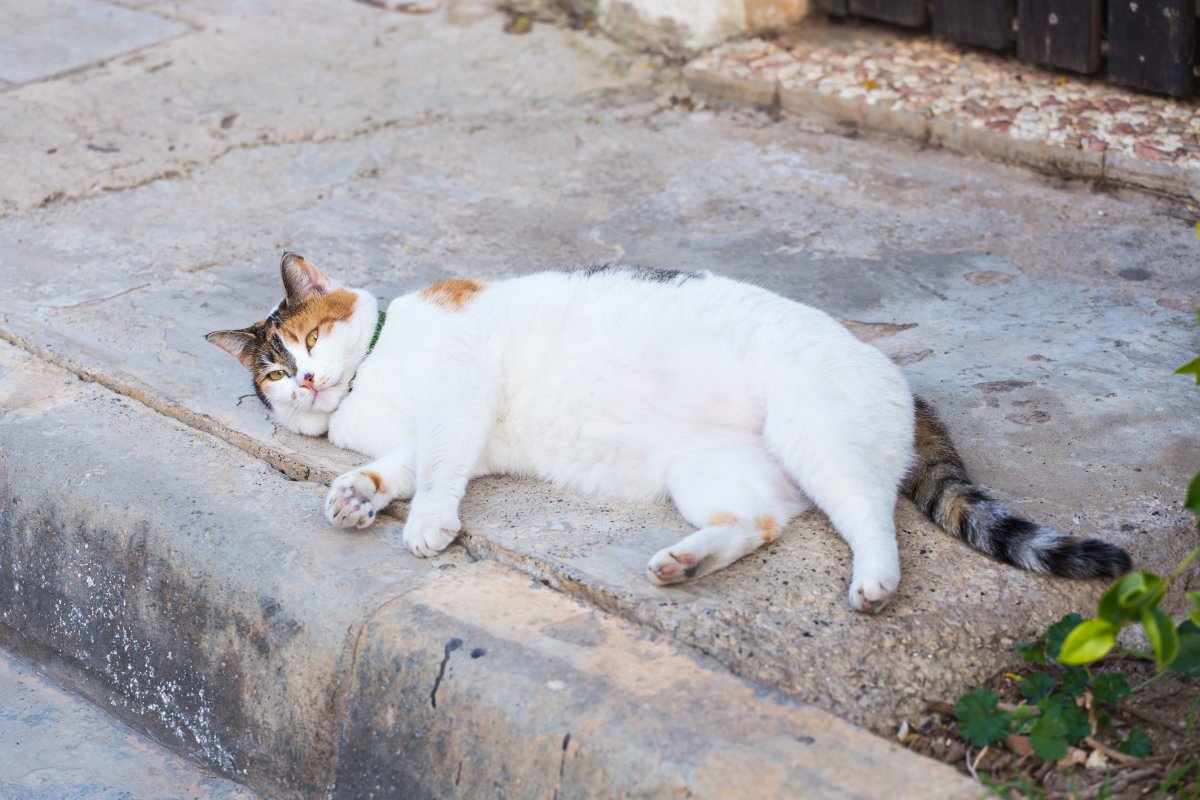
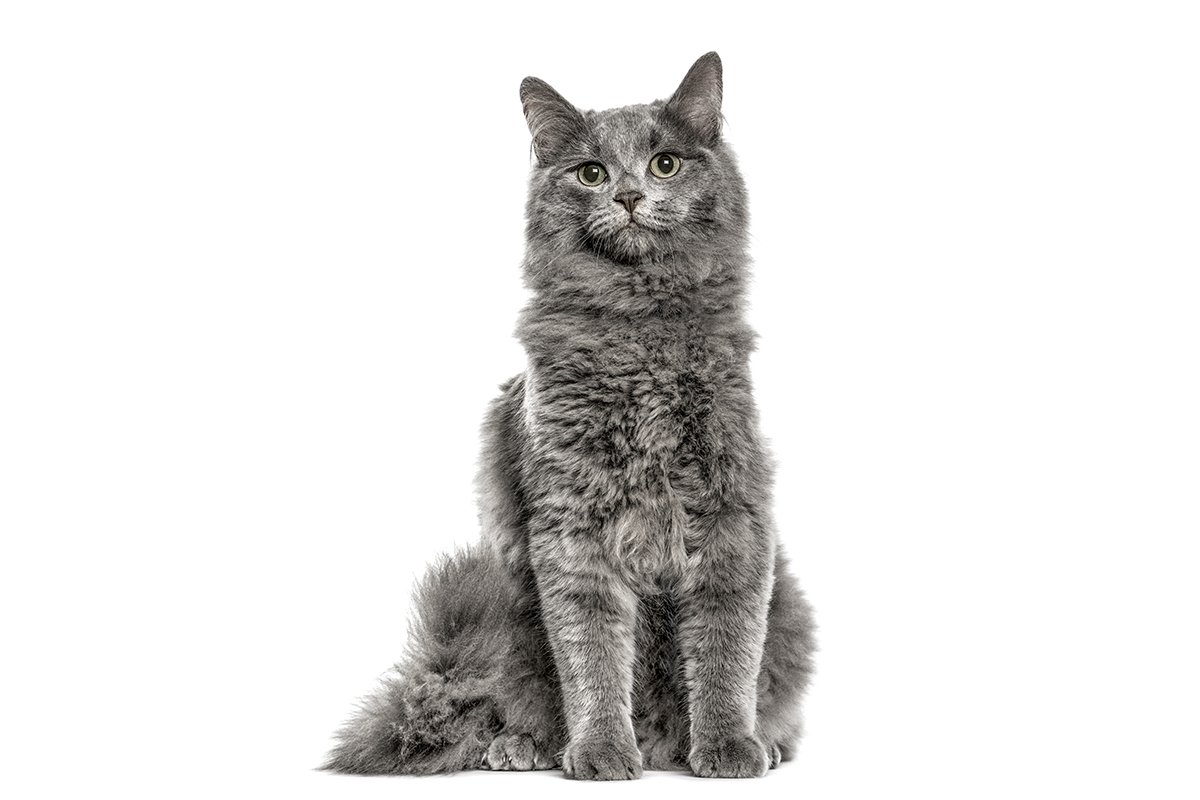
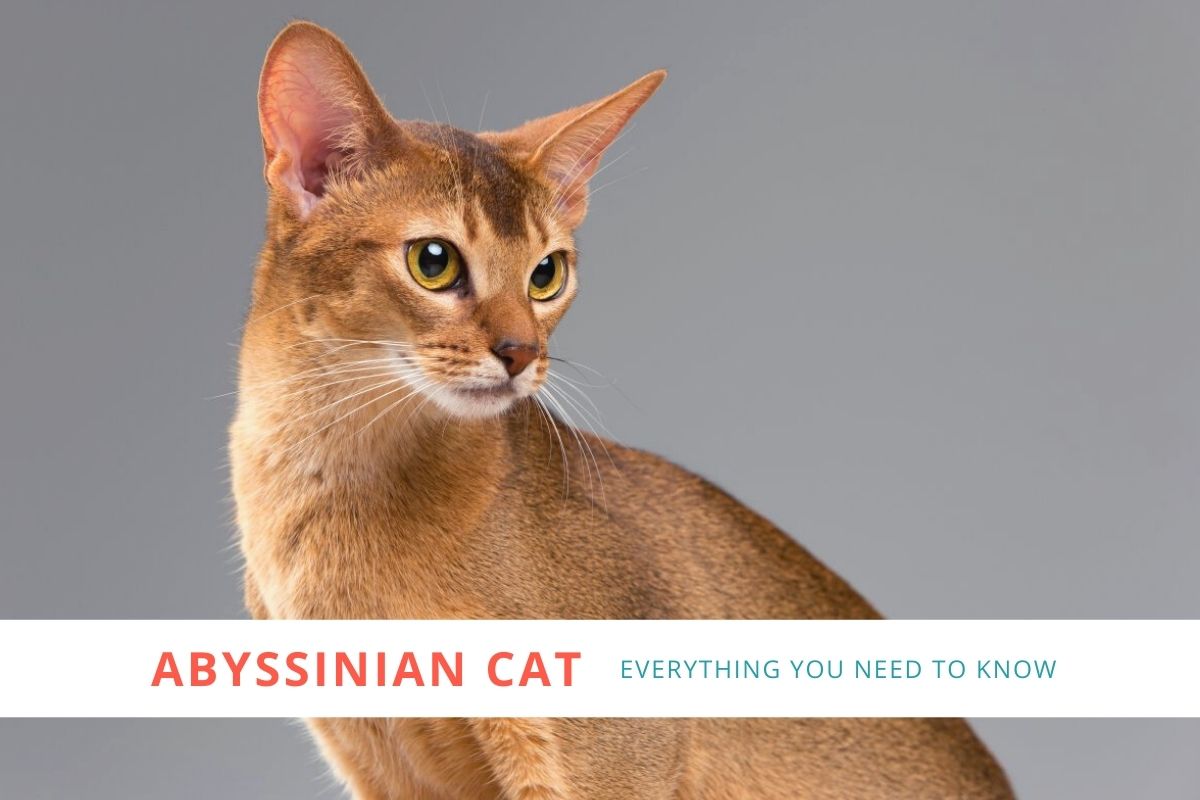


1 comment